Why Is Food Safety Important In Healthcare? Healthcare Leaders Guide
Learn challenges healthcare foodservice teams face today and key food safety practices to protect vulnerable patients. Get a free healthcare leader...
The FOH and BOH sections of a restaurant must work seamlessly to produce high-quality and safe dishes.
A food service business such as a restaurant has a very fast-paced environment that the restaurant owner must properly manage. To do this, managers must be aware of the core responsibilities of the two main sections of any food business - the FOH and BOH.
To provide excellent service, food managers must consistently monitor each team's progress. While the front-of-house teams handle difficult customer interactions, the back-of-house team prepares the food. In this article, we'll cover the key areas of FOH and BOH and show restaurant managers how they can efficiently maintain food safety compliance while managing their operations using our smart Food Safety Management System.
WHAT WE'LL COVER:
FOH and BOH are the two main components of a food service business operation. The two departments work together to provide a coordinated and safe dining experience for customers.
FOH refers to the "front of house" operations or the area where customers talk with the staff, select food, and dine. The front of house includes the bar, counter, host stand, entrance, and dining area.
On the other hand, BOH means "back of house." This department includes the area of a food service business where food supplies are received, prepared, and cooked for service. BOH also includes an area for cleaning and sanitizing kitchen utensils.
A seamless coordination between the two departments is critical for a working operation. Although the two departments have completely different jobs, their operational tasks complement each other.
The FOH staff is in charge of introducing the food business to dining consumers, providing them with the necessary information, such as allergens and consumer advisories, and attending to the needs of customers. At the other end of the restaurant, the BOH staff is in charge of ensuring that the food being served in the restaurant is safe and up to standards.
Both departments are regulated and monitored by food safety standards and are required to protect public health with proper food service practices.

The FOH and BOH departments have very different sets of operations. They also have unique tools and equipment needed to fulfill their daily tasks. Food workers in each department are required to have different sets of skills and proficiency to serve customers properly.
Below, we go into detail about the differences between front and back-of-house services:
As the name of each department suggests, the two parts of a restaurant's operations to the dining area and the kitchen area. The FOH refers to the area where customers are received and interacted with and the location where they dine.
On the other hand, the BOH area includes food preparation areas, such as the kitchen, and the location where cooking equipment, dishwashers, and loading docks are located.
The FOH and BOH areas have very diverse responsibilities. Front-of-the-house staff are responsible for greeting customers, arranging seats, taking orders, serving food, handling payments, and attending to any customer complaints. They are the connection between the customers and the food handlers in the kitchen.
Back-of-the-house staff provide services such as aspects of food preparation, cooking process, plating, and cleaning the area. Food employees in this section must be knowledgeable about the critical operations in preserving food safety for consumers.
A vital role of the FOH staff is customer interaction. They handle customer choices and must maintain a positive and professional tone while dealing with customers. They are also responsible for handling any conflicts that may arise during service. FOH staff must introduce the specialties of the restaurant and are responsible for disclosing important safety information to the consumers.
The staff that belongs to the restaurant back of house department have very minimal to no interaction with customers.
Both sections of the restaurant share responsibilities for maintaining food safety. The FOH section is responsible for disclosing allergen information and the risk of consuming undercooked food. They are also responsible for maintaining the basic hygienic environment within the dining area. FOH employees are responsible for cleaning tables and delivering used utensils to the back of the house.
The BOH section is responsible for a lot of food safety tasks. This area requires consistent sanitary conditions to protect the food being prepared. Employees are required to follow food safety regulations set for cooking and preparing food. BOH employees monitor the conditions during food preparation and cooking (e.g., storage temperature, cooking internal temperature, and kitchen sanitation.
Both sets of employees from BOH and FOH are required to wear proper and professional attire for food service. FOH staff are often provided with uniforms that bear the company logo and protective gears that will prevent contamination of foods.
BOH staff, on the other hand, are required to wear protective gear, such as a chef's coat, aprons, hairnets, non-slip shoes, and occasionally gloves. The dress code intended for BOH employees aims to protect them from accidents and the food from getting contaminated.
Find out more about the proper dress code and rules in a food service restaurant from our detailed article.
FOH and BOH departments undergo very different food safety training. While both departments require food safety training, the level of each lesson will differ. Front-of-the-house restaurant staff have minimal interaction with the food and therefore focus more on customer service. On the other hand, BOH employees are required to undergo detailed food safety training to learn about the risks of cross - contamination and foodborne illnesses. Food handlers with direct contact with the food being prepared are required to secure licenses.
In this detailed article, we discuss the different levels of food safety training for food handlers.
The management style for the two sections significantly depends on the organization of the food business. Some businesses have separate management for FOH and BOH. In this case, the front end of the restaurant is managed by the general or restaurant manager, whereas the food safety manager or the kitchen manager handles the back end.
Overall, the front and back-of-house departments of a food service business have completely different sets of roles and operations. Although different, these operations make up the entire system of a food service business.
Manage both departments with ease while saving more time for improving your business using our smart software solution. Our smart Food Safety Management System features a real-time dashboard that gives you a quick overview of each department's status when it comes to food safety tasks. You can identify areas across your business branches that need more attention and address them right away to maintain compliance.
Experience how our smart solutions can help you achieve efficiency using our free 14-day trial.
When you step into a restaurant, you do not normally see how your food is being prepared. All the preparation and heavy lifting of the food and ingredients happen in the kitchen or the back of the house.
A restaurant's BOH determines the quality, efficiency, and variety of the offered food and services.
In this section, we discuss the following topics about the back-of-house restaurant section:
The back-of-the-house restaurant section is considered the "heart of the restaurant." This is because it houses the kitchen where the food being served in the business is prepared and cooked.
The kitchen is where the food ingredients, equipment, tools, cooking utensils, and preparation tables are found. This area contains sections where food is properly stored and accessed to fulfil orders from the front of the house.
In addition to preparation and cooking, the back-of-house restaurant section also includes the cleaning aspects, inventory management, equipment maintenance, and waste management. The back end of a restaurant works to maximize the resources of the food business while producing high-quality food products.
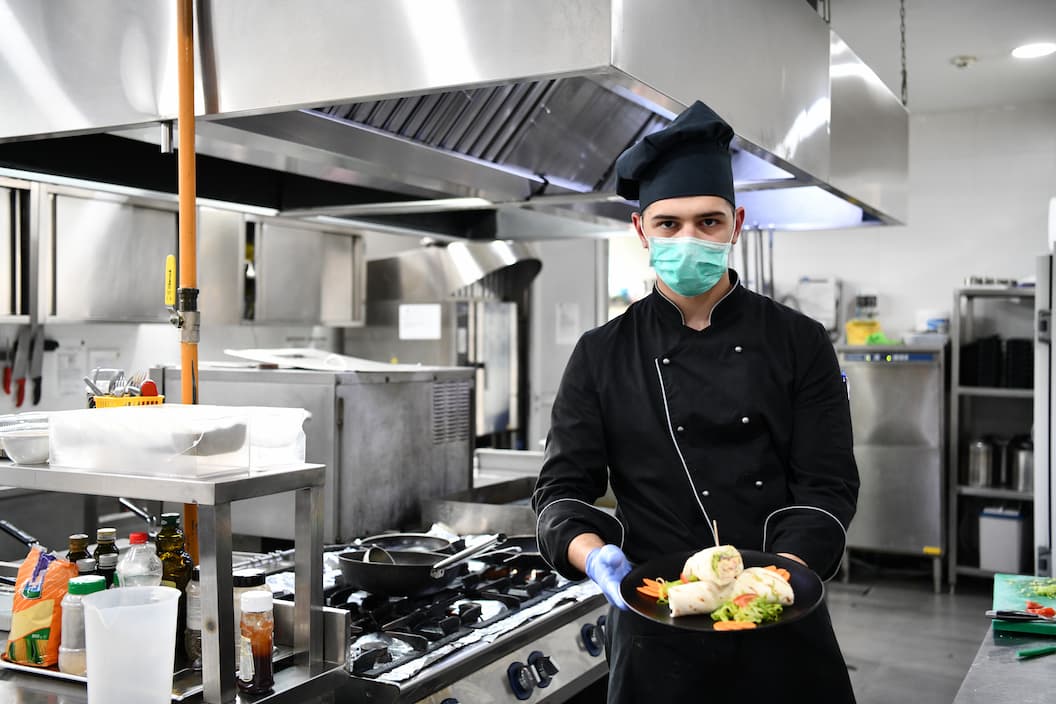
The back-of-the-house section requires skilled and knowledgeable workers in terms of preparing food and maintaining the cleanliness of the kitchen. Coordination among the different back-of-house job positions inside the section is critical to producing quality and safe products.
Here, we list down some of the key positions for a productive back-of-house restaurant department:
Depending on the size of a food service business, there may be more jobs in the kitchen. In some restaurants, a separate quality or food manager is assigned to oversee the entire kitchen operations and arrange staff schedules. In addition, some businesses combine roles for more efficiency and lesser miscommunication.
As mentioned, the back-of-house section consists of a diverse set of workers that aim to produce high-quality and safe food products. The main objective of the back-of-house team is to maintain a clean working environment and satisfy customer orders while protecting them from foodborne illnesses.
Specifically, some of the key responsibilities of a back-of-house team member include the following:
The responsibilities of a back-of-house employee can further extend along with the size of the food service business. Back-of-house employees require a certain level of food safety training to become fit for operations. This is a critical element to ensure the safety and quality of food and service.
Use our free checklist for food safety in restaurant operations to ensure that back-of-house employees perform their operational tasks on time and correctly.
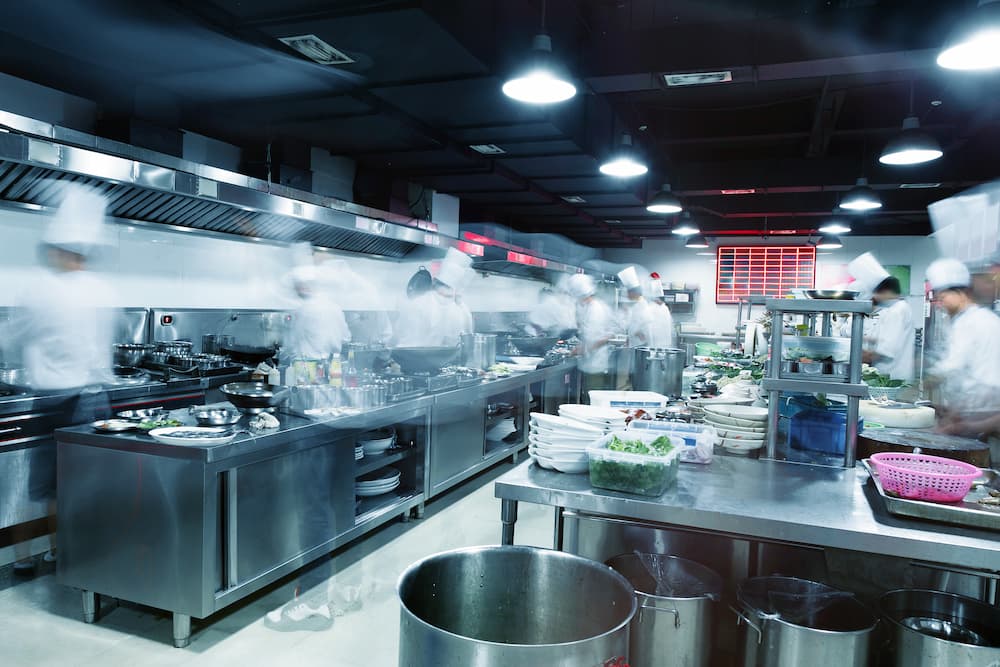
The back-of-house section of a restaurant consists of several locations. These locations are dedicated to storing supplies and preparing food for service. The size of a restaurant will determine the complexity of locations in the establishment.
Some of the common back-of-the-house areas include the following:
The commercial layout of the back of the house can affect the flow and efficiency of the work. Different layouts can be implemented depending on which aspect of service is most important for a successful restaurant.
The back-of-house section of a food service business must maintain a seamless employee communication system to ensure that all food safety tasks are properly done. This objective can be achieved if the layout of the back of the house emphasizes efficiency.
The majority of the food safety operations happen in the back-of-the-house area. Because this section is where the food is being prepared and cooked, it must stay clean, sanitized, and free of any potential food safety hazard at all times.
Follow these basic food safety guidelines to keep your back-of-house operations safe from food safety hazards:
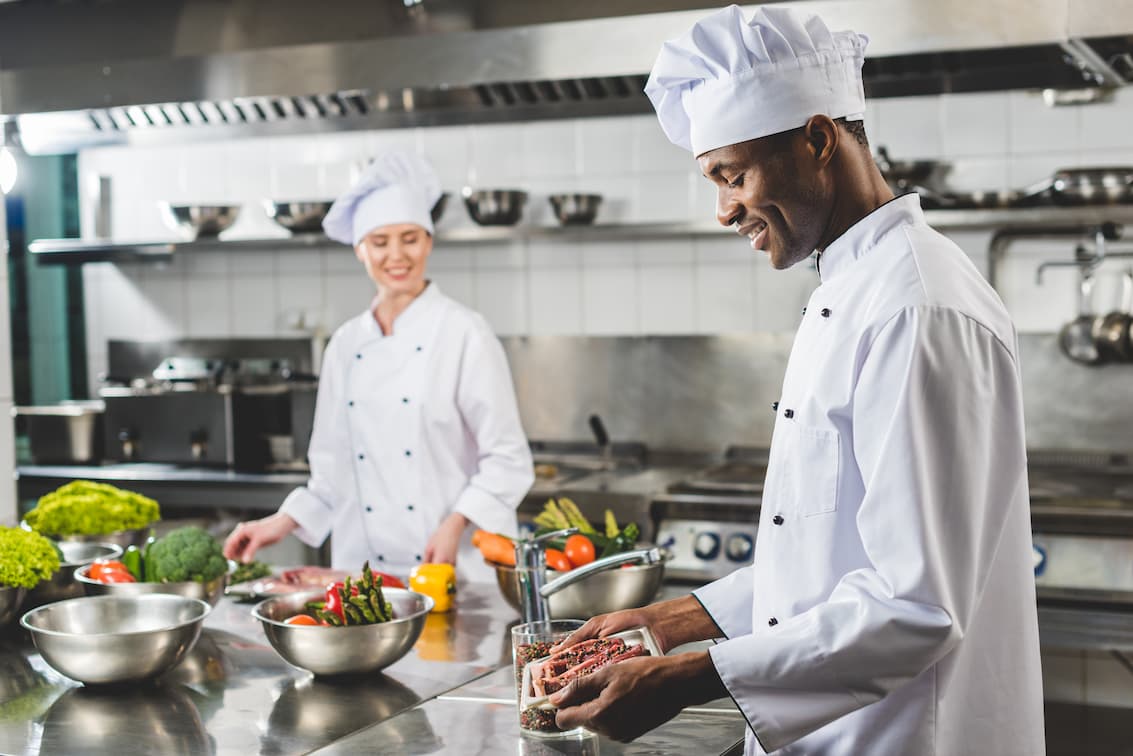
One of the best ways to prevent poor food safety is to monitor everyday operations consistently. Ensure that every food safety task for your BOH is fulfilled using our smart Food Safety Management System at FoodDocs.
The front-of-house section of a restaurant is what greets customers. Starting from the area where diners enter up to the counter is the front of the house. This section focuses on customer service and coordinating customer orders and requests to kitchen staff or the back of the house.
The team in charge of the dining area is responsible for regulating the orders that the back end of the restaurant needs to cater to. They have direct contact with guests. They also need to attend to the needs of customers in the area, resolve conflicts, and maintain the cleanliness of the dining area.
Read more about the responsibilities and areas of the front of the house section with the following topics:
FOH, or restaurant front of house, refers to a restaurant's public-facing section. It is where customers are greeted and served. It includes the dining area, bar, host stand, counter, salad area, and other areas where customers and servers interact.
The front-of-house restaurant department sets the mood and ambiance of a food service business. It gives the customers a much-needed first impression. The design of the front-of-the-house restaurant section can affect the mood and satisfaction of customers.
The FOH hires staff that specializes in customer relations with basic knowledge of food safety. The employees stationed in the front of the house will face customers and use their communication skills to attract them and purchase your products.
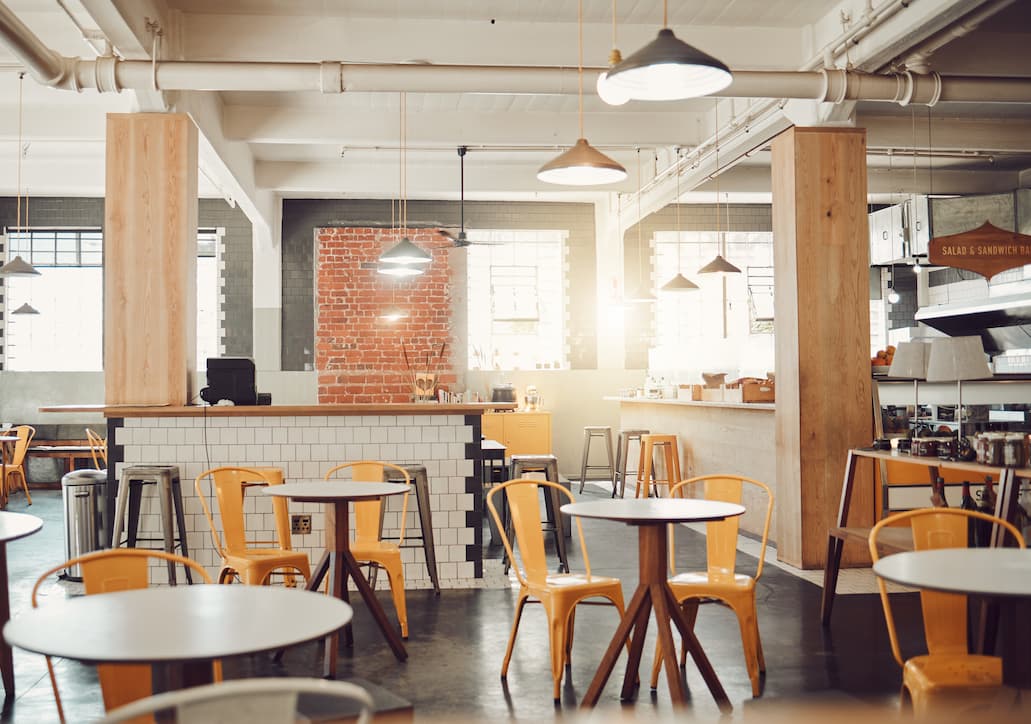
Employees stationed at the front of the house section are responsible for entertaining the guests and ensuring that their service needs are taken care of. They are the employees with direct contact with customers. Depending on the size and overall services of the restaurant, front-of-house positions and housekeeping staff may vary.
Some common front-of-the-house jobs include the following:
Bigger restaurants also have positions such as sommeliers in addition to bartenders. These employees are knowledgeable about wines and perfect pairings. In some restaurants, positions are consolidated, and the responsibilities are combined for a shorter list of staff. A good FOH team and attentive staff are keys to excellent customer service.
Recent developments in the restaurant industry have also introduced the use of restaurant software programs that can automate front-of-house operations. As an aid to hosts, table management software programs can be used to arrange seating and reservations intuitively.
The front-of-house staff directly interacts with customers. The main responsibilities of this restaurant team are to provide customer service and communicate their orders to the back of the house.
Here are some of the main responsibilities of a front-of-house team member:
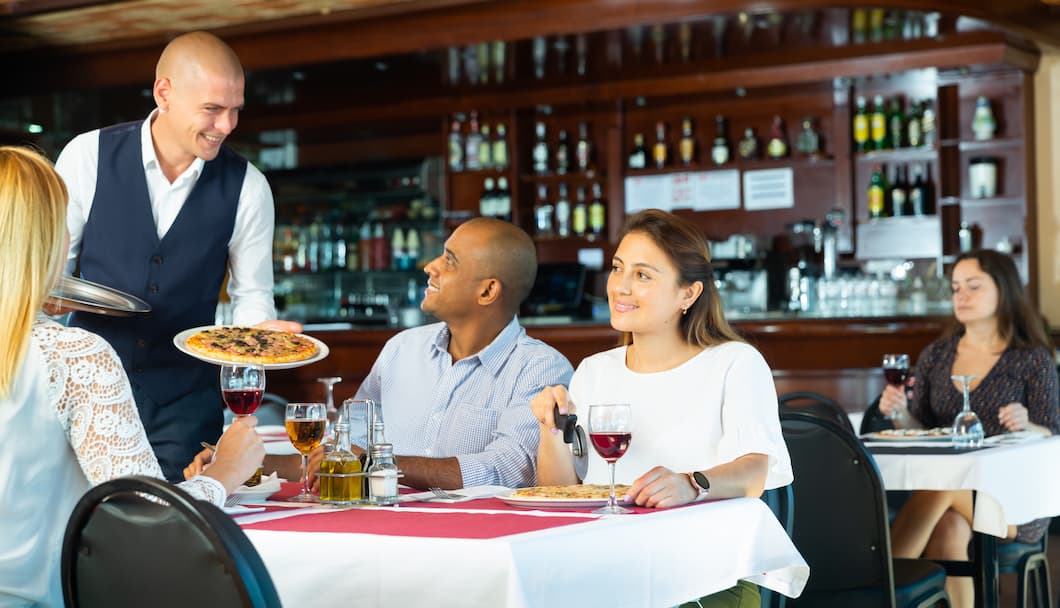
Each responsibility may be shared or directly assigned to a specific FOH staff and section of the restaurant. Managing every responsibility and employee is vital to ensure uninterrupted service and great customer experience.
The front of the house consists of several sections that make up the dining area. This section is often fashioned to match the overall theme of the restaurant business and create a welcoming vibe for guests. For example, if the restaurant mainly caters to party-goers, then you can expect a bar.
Here are some common front-of-house physical locations:
Employees must properly manage each location in the front of the house section. The efficiency of the whole restaurant operation will depend on how the front of the house takes in and manages customer orders and foot traffic.
Food safety tasks for the front of the house are quite different from the BOH. As restaurant employees do not have direct contact with the food other than when serving them, the tasks focus more on proper hygiene.
Here are a few food safety rules and guidelines for the front-of-house section of your restaurant:
Guidelines for food safety in the FOH department will help ensure that the food that customers receive is safe and will not cause foodborne illness. Food safety is part of exemplary customer service and will encourage customers to purchase from your store again.
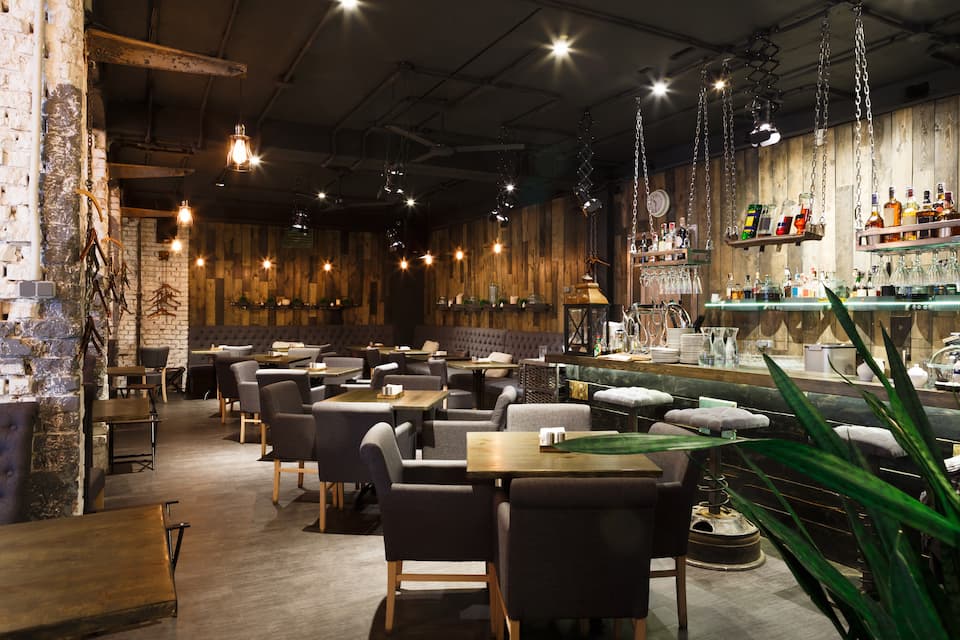
One of the main tasks of a restaurant is to maintain high-quality foods and services in compliance with food safety regulations. A compliant food business will surely gain popularity and traction from customers.
That being said, food safety is not the only task of a food manager. You are also in charge of strategizing the business aspects of your restaurant. To help you consistently maintain food safety compliance, use our intuitive solutions.
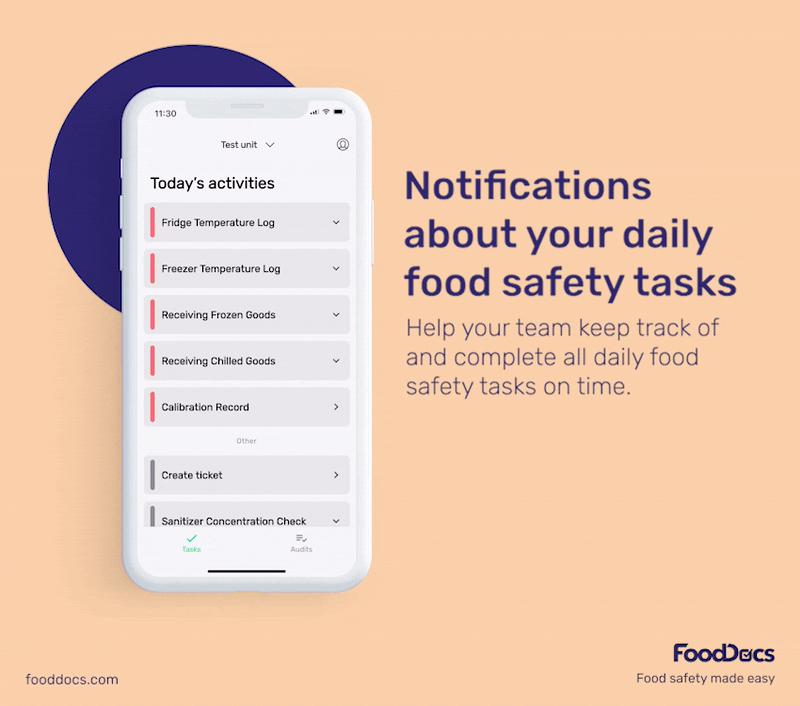
At FoodDocs, we combined the efficiency of technology and the essence of food safety monitoring tasks. With our smart Food Safety Management System, you can ensure that all food safety tasks are done promptly and correctly.
Use these features to improve your operational efficiency:
-png.png?width=1417&height=924&name=Cooking_temperature%20(1)-png.png)
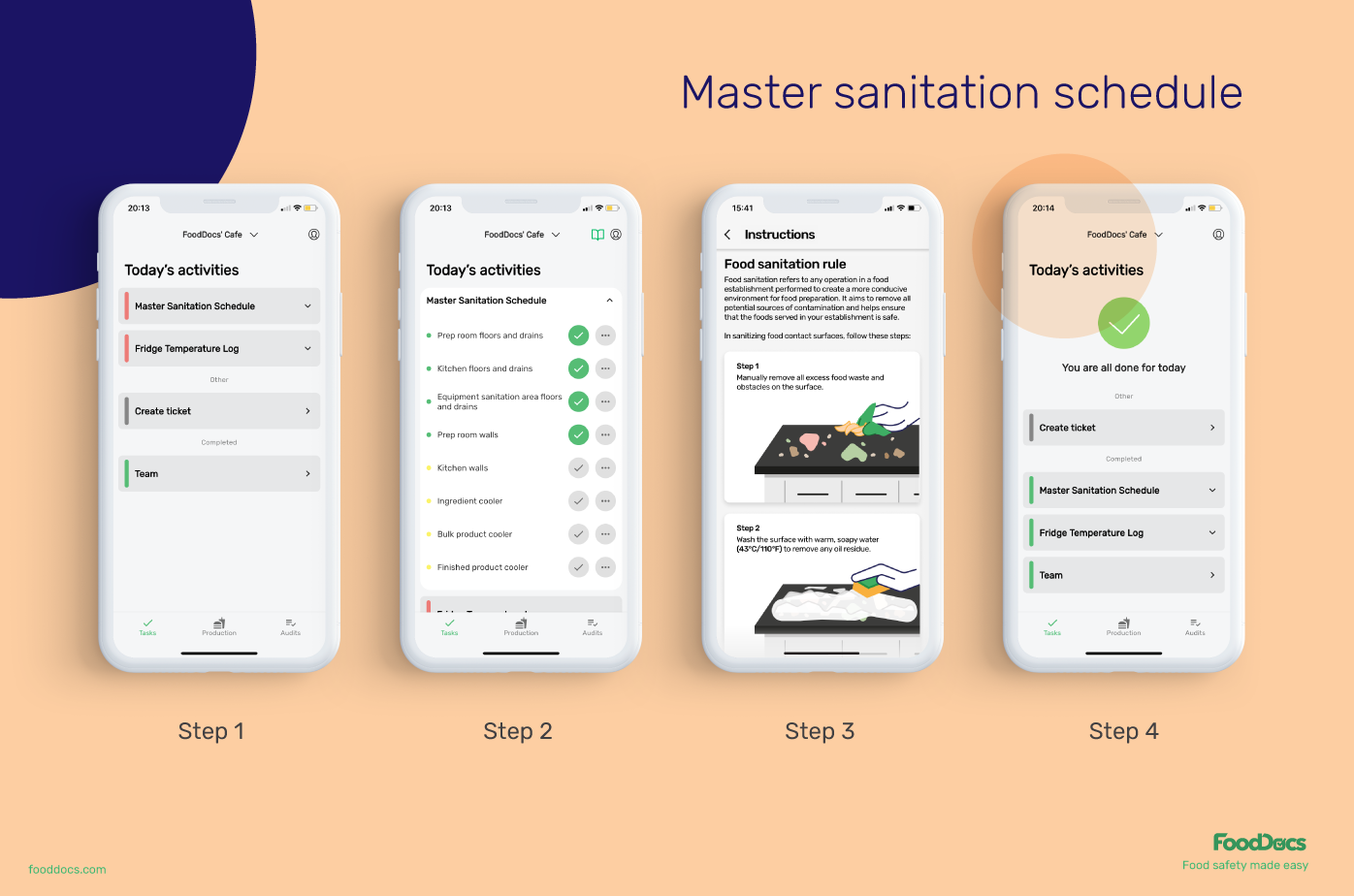
In addition to features designed to help employees fulfill food safety tasks, our smart Food Safety Management System can also help managers. Our smart software provides features that can help improve restaurant management efficiency:
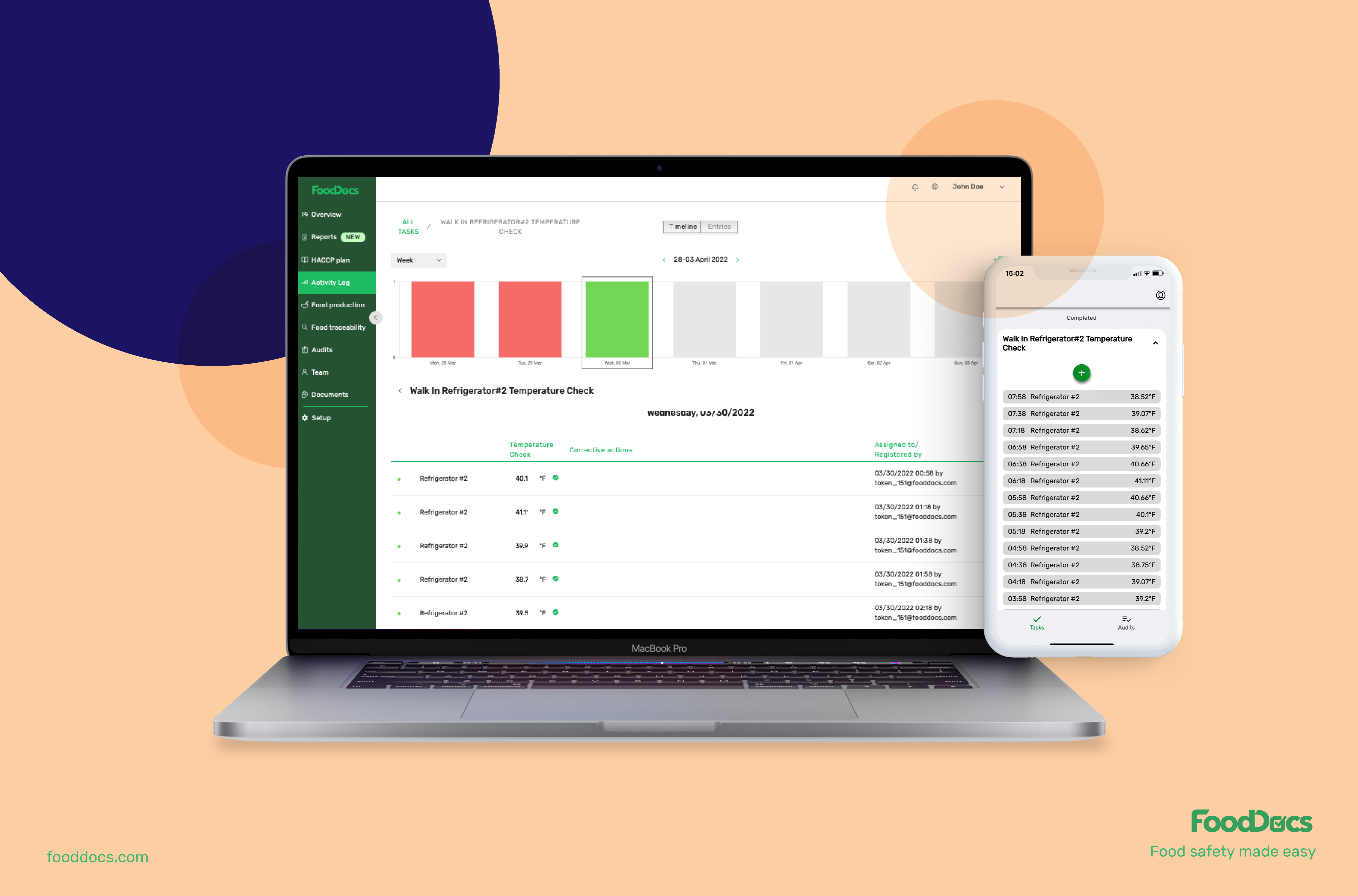
Operate and manage both FOH and BOH at a more efficient rate using our smart software. In just approximately 15 minutes, you can get a comprehensive digital Food Safety Management System.
Our software is powered by artificial intelligence and a machine-learning program. It uses information from businesses with similar operations as yours to create suggestions on the important logs and checklists for you. What makes our system so convenient and effective is that you can customize every log to fit your operations better.
Start monitoring your operations and maintaining compliance by using our free 14-day trial now.
Do you have more questions about FOH and BOH sections? We gathered some of the most frequently asked questions about this topic and answered them for you.
"Back of the house" refers to the non-public areas of a restaurant or hospitality establishment, such as the kitchen, food storage areas, and offices. This area is where food is received, prepared, and cooked for the customers.
A "BOH position" is a job that involves working in the back of the house, such as a chef, line cook, or dishwasher.
"Back of the house" generally refers to the functional areas of a restaurant where food is prepared, cooked, and stored, as well as administrative functions.
The front of house of a restaurant refers to the public-facing areas of a restaurant, such as the dining room, bar, and host stand. This area is where customers are received, seated, and served.
FOH staff or front of house staff refers to the employees who work in the front of the house, such as servers, bartenders, waiters, bussers, and hosts/hostesses.
Learn challenges healthcare foodservice teams face today and key food safety practices to protect vulnerable patients. Get a free healthcare leader...
Learn what Standard Operating Procedures (SOPs) are and how to write effective SOPs that ensure consistency, efficiency, and safety in your...
Boost your retail food safety with essential practices and digital tools to protect customers and your brand. Plus a free Retail Food Safety Leader...